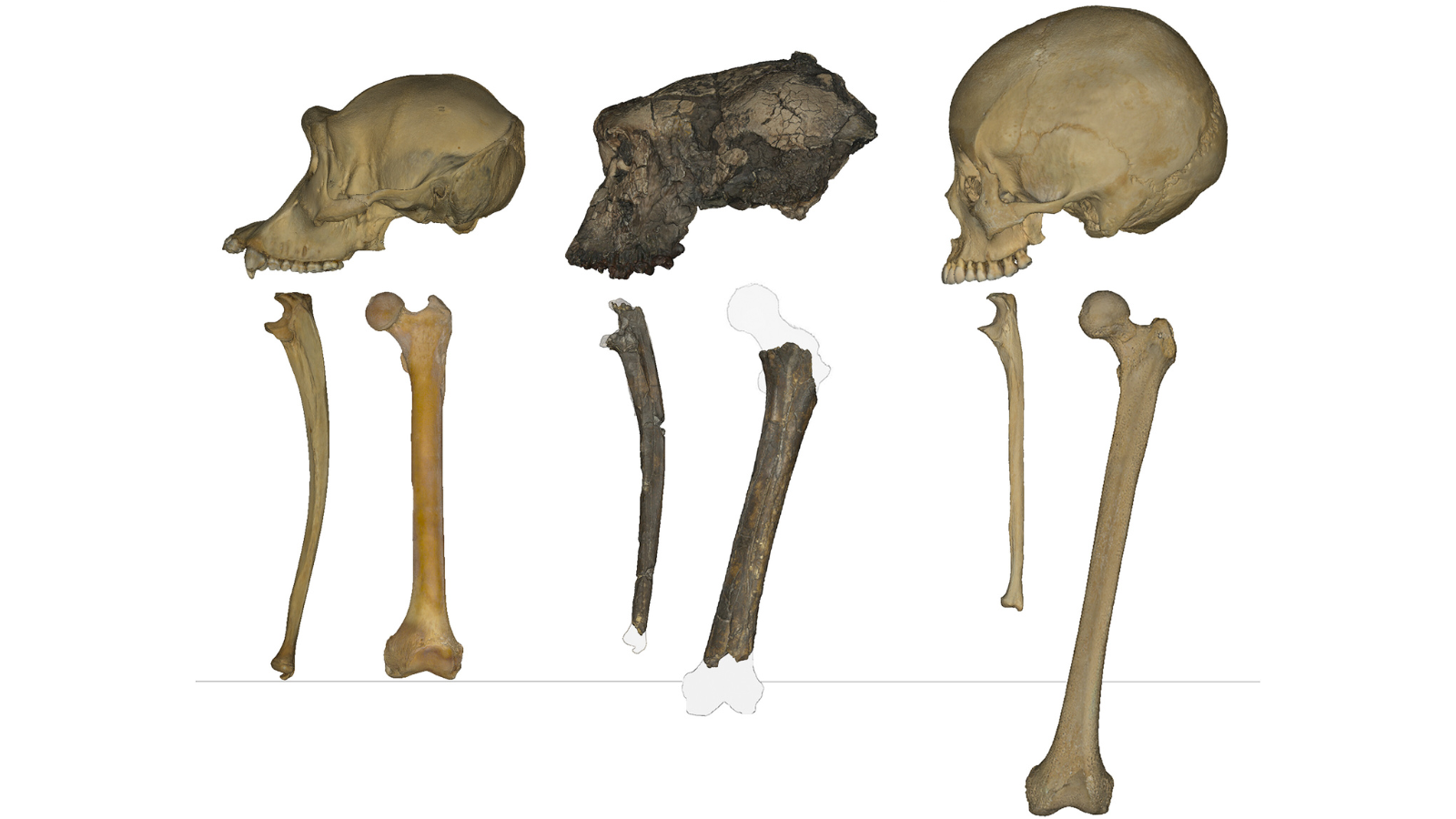European Forests Absorbing More Carbon Dioxide
European forests are expanding and taking up more carbon dioxide from the atmosphere than scientists expected as they regain ground, a new study shows. Such natural carbon storage systems could be key to helping the European Union meet its goals for reducing greenhouse gas emissions, researchers say.
Pekka Kauppi of the University of Helsinki and his colleagues examined changes in forest cover in Europe and calculated how much carbon those forests store. Their study, detailed in the journal Energy Policy, found that over the last 15 years, forests have grown in 22 of the world's 50 most forested countries, which include several EU members.
While more trees, which are natural carbon sinks, mean more carbon dioxide will be absorbed from the atmosphere, scientists didn't expect the increase to be as high as it was. Between 1990 and 2005, the expanding forests have absorbed an amount of carbon equal to about 11 percent of the region's emissions.
"Every year, the expanding European forests remove a surprisingly large amount of carbon from the atmosphere," said study member Aapo Rautiainen. "According to rough estimates, their impact in reducing atmospheric carbon may well be twice that achieved by the use of renewable energy in Europe today."
The good news may be tempered in the global perspective, however. Damage to vegetation through drought can in turn decrease carbon dioxide absorption, according to another recent study.
If EU nations hope to meet a post-Kyoto Protocol commitment to reduce emissions by 20 percent from 1990 levels by 2020 (an agreement that is in the works now), giving credit for expanding natural sinks could make it easier to reach that target, the researchers said.
- Video: Goldilocks and the Greenhouse
- Top 10 Emerging Environmental Technologies
- What's Your Environmental Footprint?
Get the world’s most fascinating discoveries delivered straight to your inbox.

Andrea Thompson is an associate editor at Scientific American, where she covers sustainability, energy and the environment. Prior to that, she was a senior writer covering climate science at Climate Central and a reporter and editor at Live Science, where she primarily covered Earth science and the environment. She holds a graduate degree in science health and environmental reporting from New York University, as well as a bachelor of science and and masters of science in atmospheric chemistry from the Georgia Institute of Technology.
 Live Science Plus
Live Science Plus





